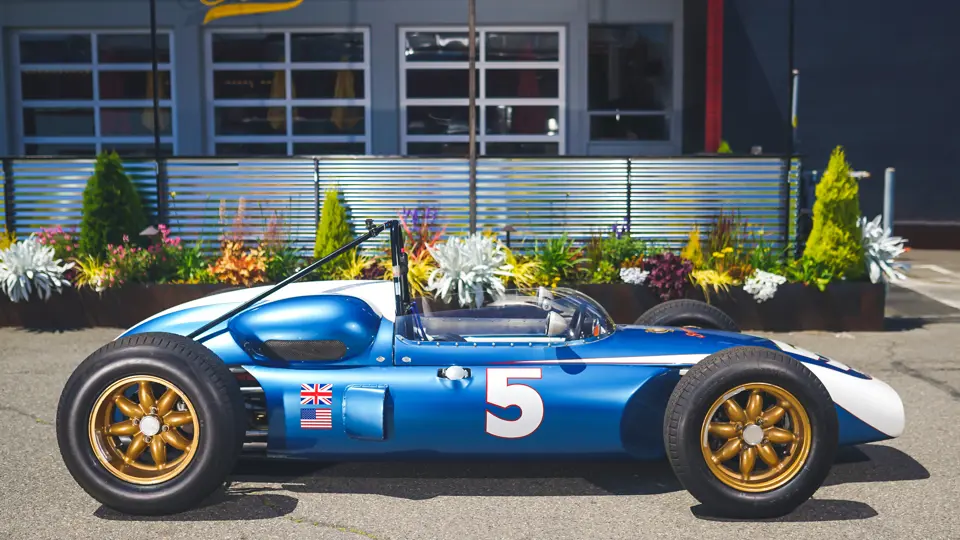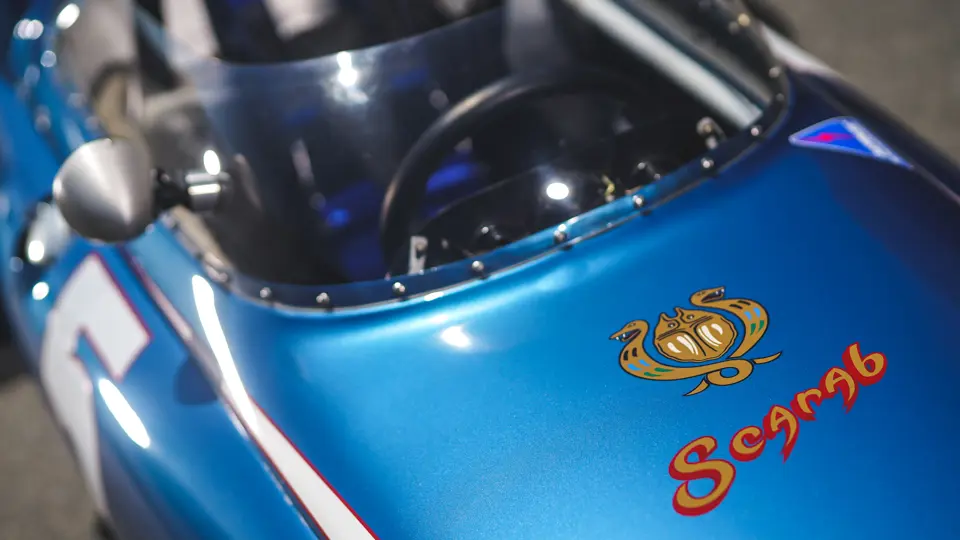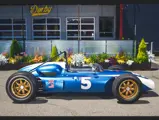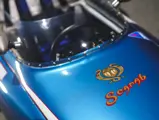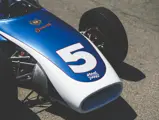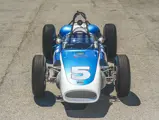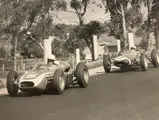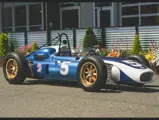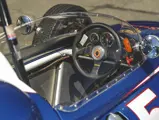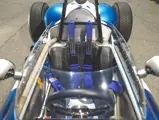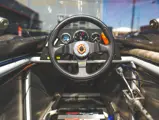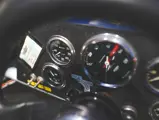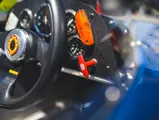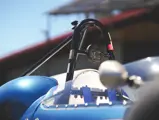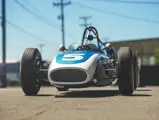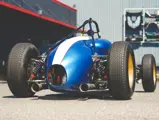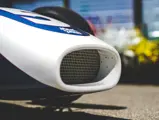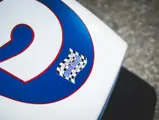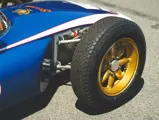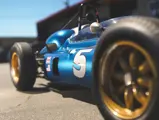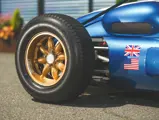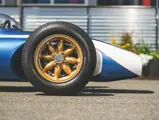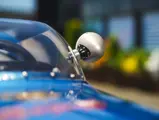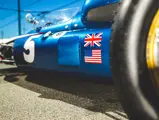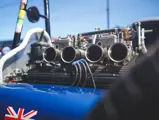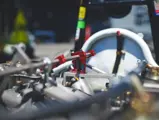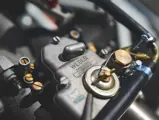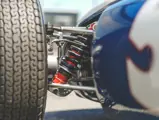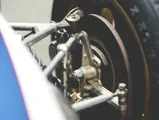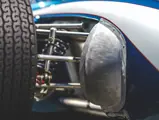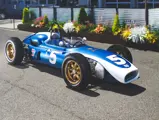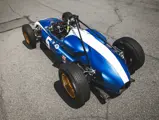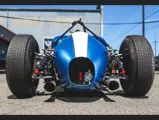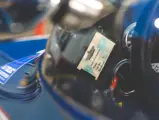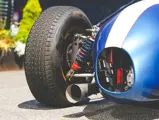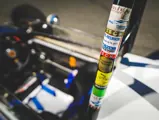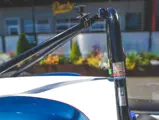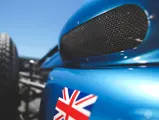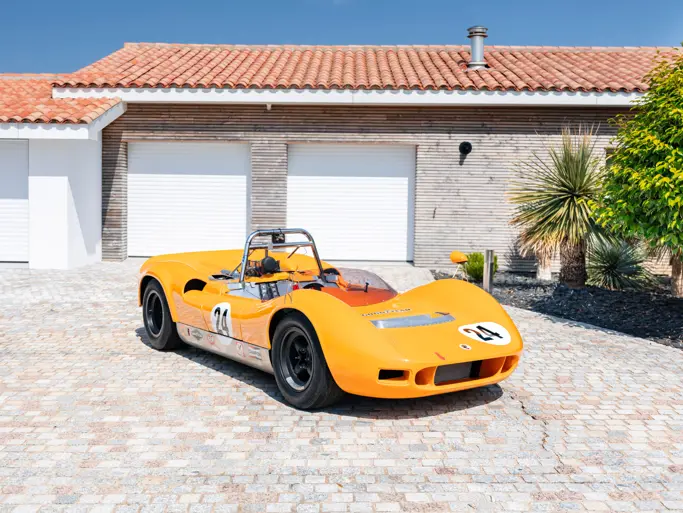
1961 Scarab Formula Libre
{{lr.item.text}}
$196,000 USD | Sold
{{bidding.lot.reserveStatusFormatted}}
- Reventlow Automobiles Inc.’s unique, beautifully engineered rear-engined open-wheel racer
- Notably battled Stirling Moss for a 4th-place finish at Australia’s Sandown Park in March 1962
- Restored to period-correct appearance and configuration in 1997; campaigned at top-tier events internationally
- Accompanied by extensive digital history file, including RAI blueprints, correspondence, and press coverage
From the speed-obsessed car culture that bloomed in Southern California in the postwar era, Lance Reventlow and his Scarabs emerged to take on the world’s finest race car constructors. The son of Woolworth heiress Barbara Hutton, his Reventlow Automobiles Incorporated (RAI) had the ambition—and the funding—to build some of the most memorable machines of their era.
First came the Scarab sports cars; then, after the 1958 SCCA National Championship win demonstrated that Reventlow’s American-designed, American-built, and American-driven contenders could compete with the best that Europe had to offer, RAI set its sights on open-wheel racing. This proved to be quite a challenge, and although three Formula 1 chassis (including a prototype) were built, the sole front-engine Scarab monoposto to race in the 1960 F1 season saw little success.
Rules changes precluded a 1961 Formula 1 effort, but a new Intercontinental Formula, with a 3.0-liter engine displacement regulation, offered a new potential venue for RAI—and led to the creation of the car offered here. Designed by Eddie Miller, nephew of race car legend Harry Miller, this rear-mid-engine single-seater was expertly fabricated by Phil Remington. As related in Preston Lerner’s Scarab: Race Log of the All-American Specials, 1957-1965, it incorporated lessons learned from both European constructors and, Miller claimed, California’s own dry lakes racers.
The chassis was originally designed to accommodate a novel-but-troublesome RAI-developed desmodromic-valve four-cylinder, but GM’s aluminum-block Buick-Oldsmobile-Pontiac pushrod V-8—eligible for a newly proposed Intercontinental Formula, which permitted stock blocks and a 3.0-liter maximum displacement—seemed to offer salvation, even as it required modifications to its finely crafted aluminum bodywork. Fitted with four Weber carburetors on a Remington-fabricated intake manifold, and mated to a Colotti gearbox, this engine produced an impressive 300 horsepower.
Unfortunately, a last-minute rule change barring heavily modified stock engines scuttled the car’s chance at Intercontinental participation. Though Reventlow’s plans were foiled yet again, the car did take part in one significant event: the March 1962 Formula Libre race at Australia’s Sandown Park, with driver Chuck Daigh at the wheel. An exciting period image from this event depicts Reventlow’s girlfriend, the actress Jill St. John, trying out the cockpit of the Scarab.
Daigh took 4th in the race, behind a trio of Coopers driven by Jack Brabham, John Surtees, and Bruce McLaren. He crossed the finish line ahead of Stirling Moss in his Lotus-Climax, however, after what was by all accounts an engaging and lengthy battle. This respectable showing in an illustrious field, so representative of open-wheel racing’s golden age, would be its sole race completed in-period.
Following an unsuccessful outing at Lake Tahoe in 1967, the car—by that point equipped with a 2.7-liter Lotus-Climax engine, the American V-8 having been sold following the Australian race—was effectively retired from racing. It eventually passed into the hands of a Burbank, California film rental company; modified to look like a Brabham Formula 1 car, it was apparently used as set dressing until its purchase by Peter Boyd in 1979. Boyd was surprised to discover the chassis’ RAI origins, although the high quality of its construction was apparent even in this adulterated state.
The car then passed to Ali Lugo de Armas in 1986. His long-term restoration, completed in 1997, returned it to its Sandown Park-era appearance and configuration. Wearing the unforgettable Reventlow livery once more, and again powered by a correct-type aluminum-block V-8, the car earned acclaim both on the concours field (winning the Amelia Award at the 1999 Amelia Island Concours d’Elegance) and on-track. Notably, it was driven by Damon Hill at the 2001 Goodwood Festival of Speed, and it participated in the Goodwood Revival later that year. Further outings include multiple appearances in the Monterey Motorsports Reunion at Laguna Seca from 2006 through 2011.
Accompanied by an extensive digital file, including RAI blueprints, period correspondence, and press coverage both historical and modern, as well as a logbook from its modern racing career, this unique Scarab monoposto represents an important and intriguing chapter in the story of American competition car engineering. Eligible for many high-level events worldwide, it would be an immensely rewarding candidate for the vintage racing circuit.





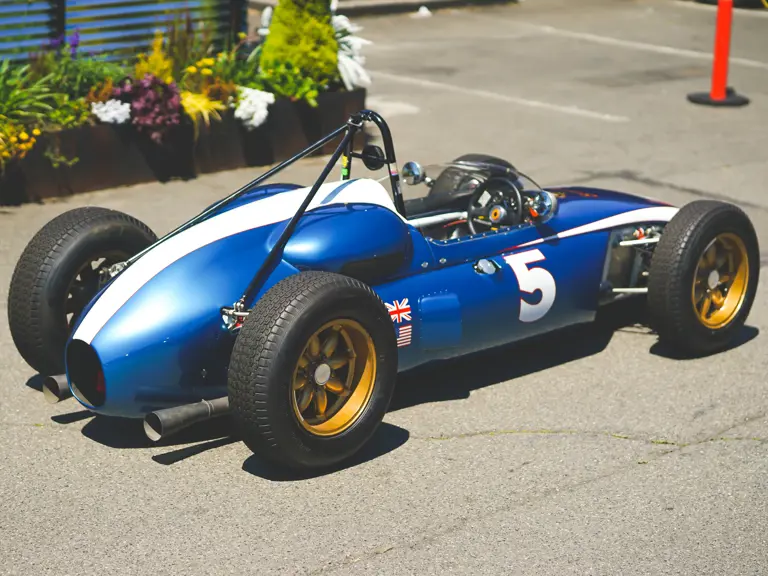
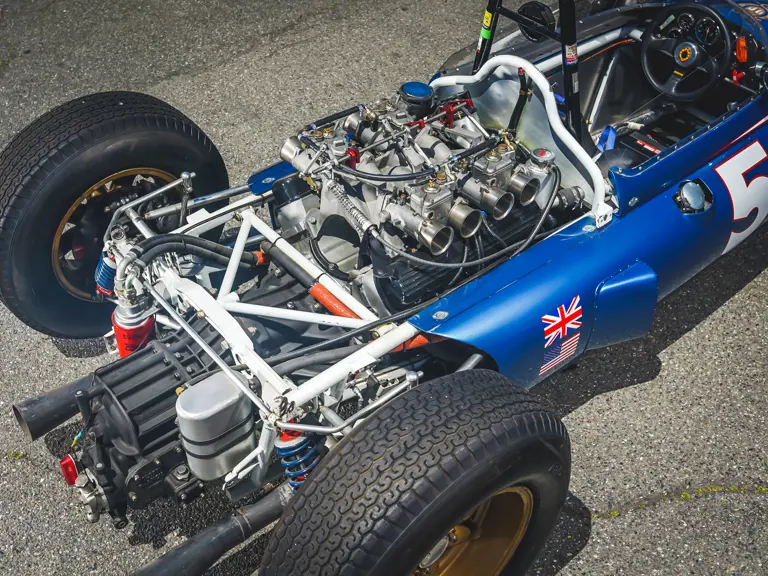


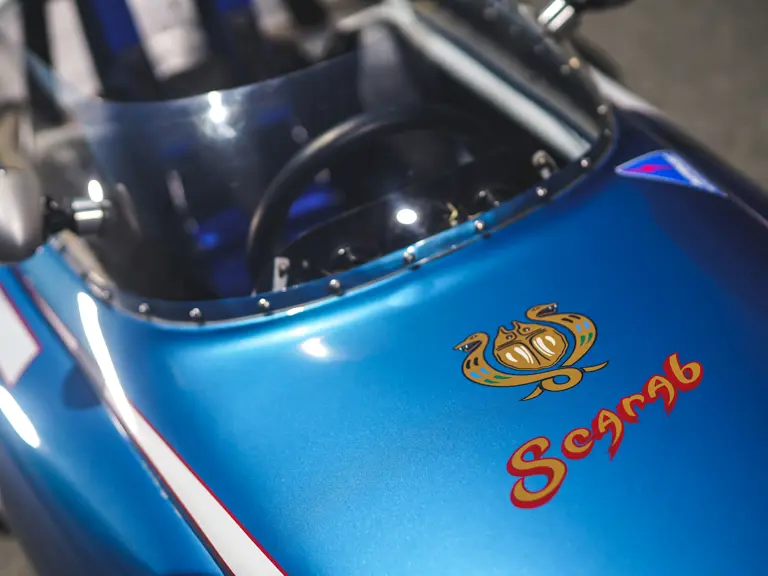
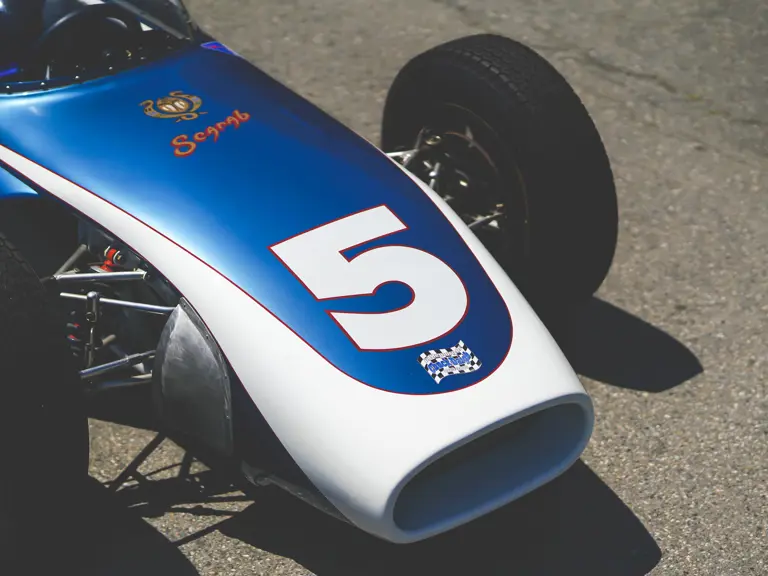
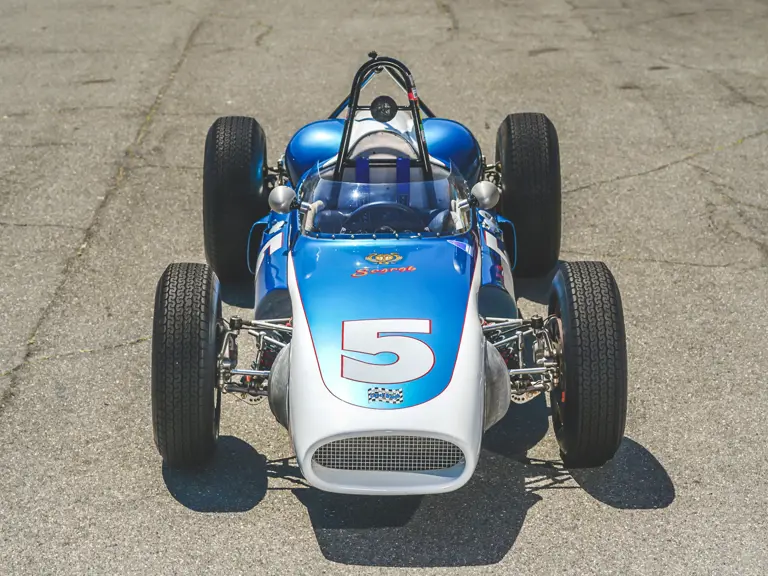
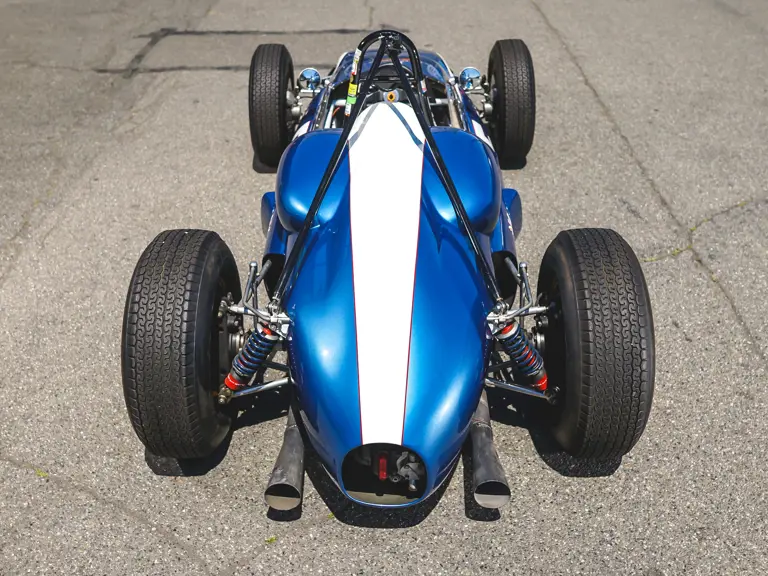

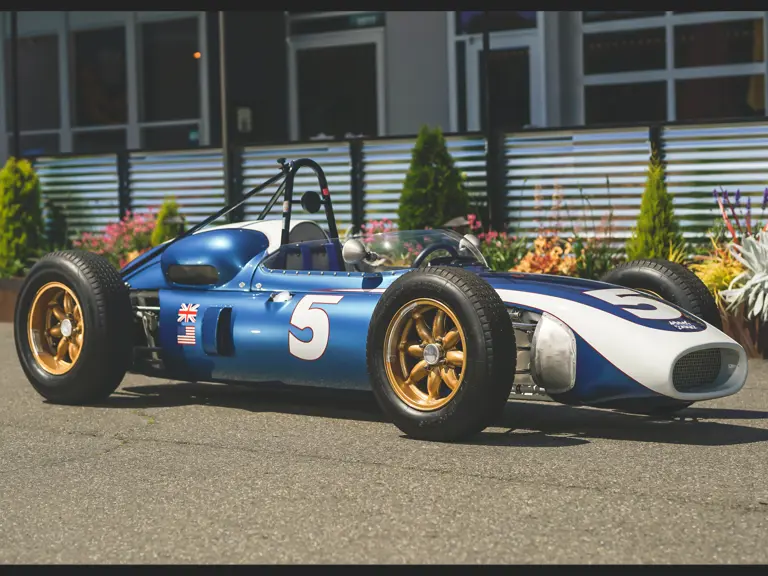
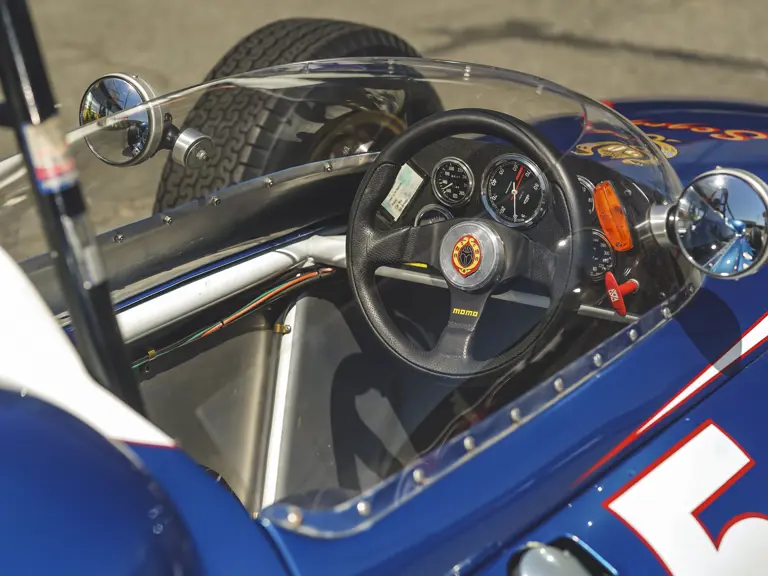

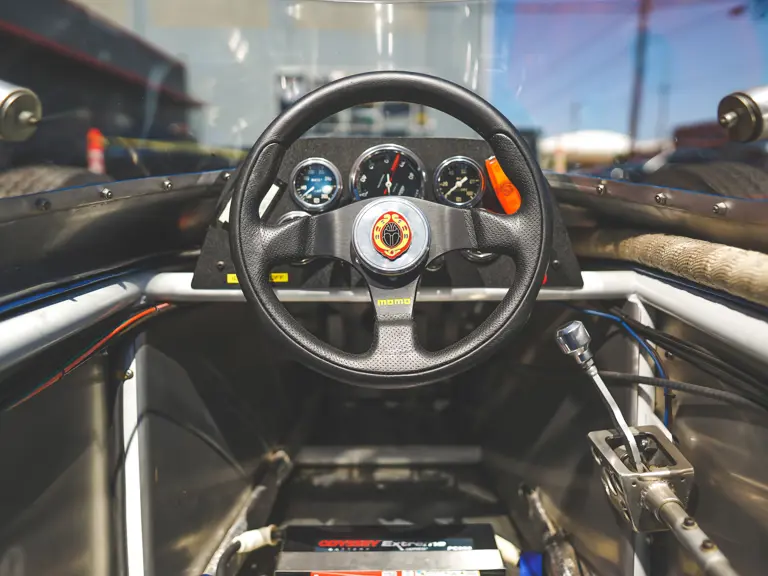
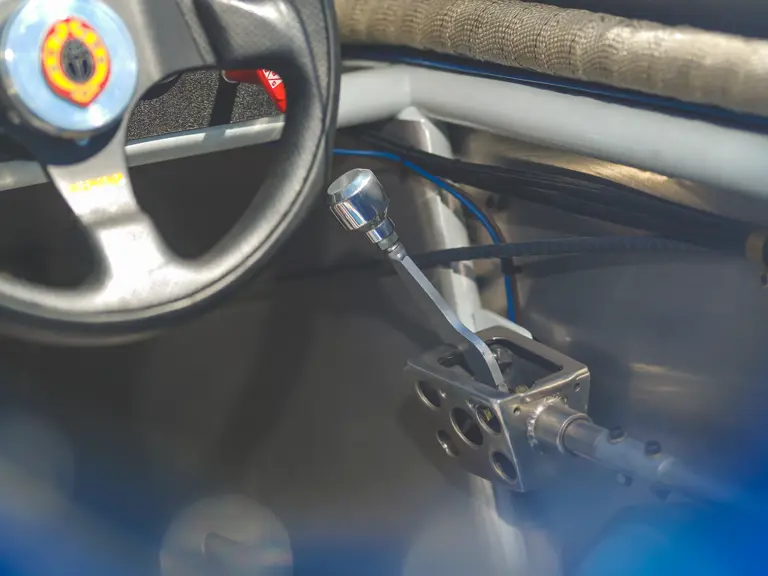
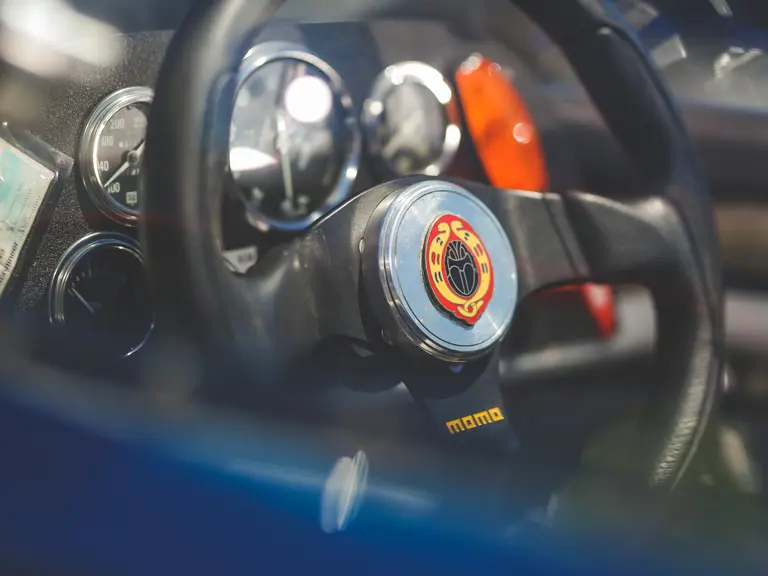
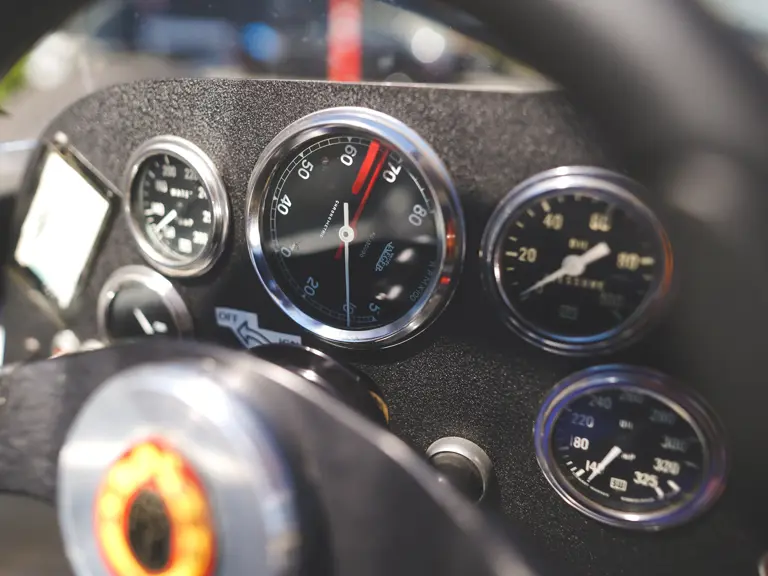
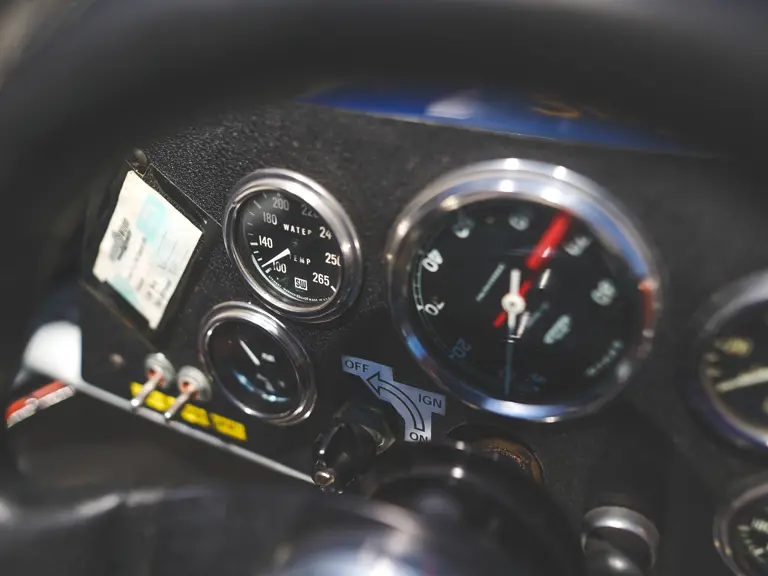
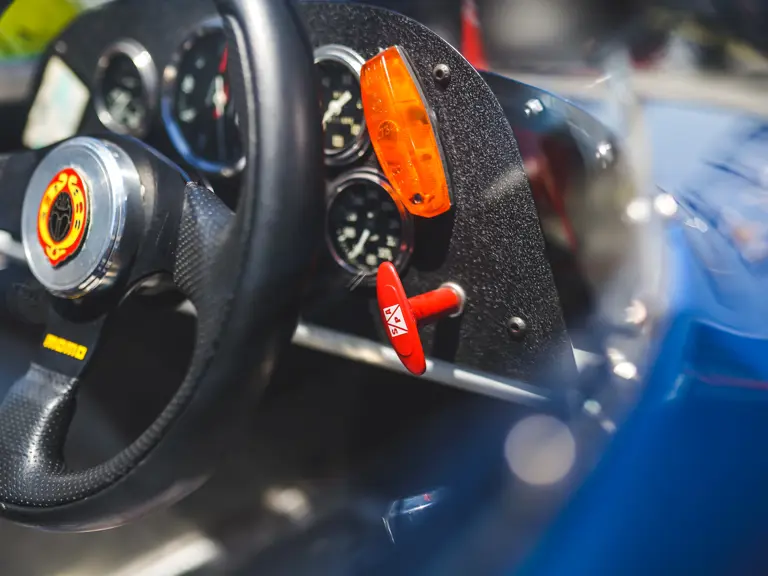
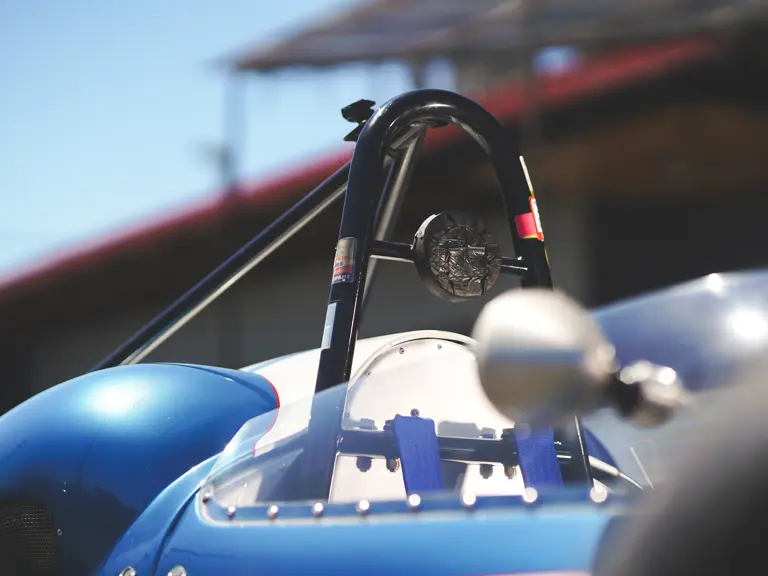



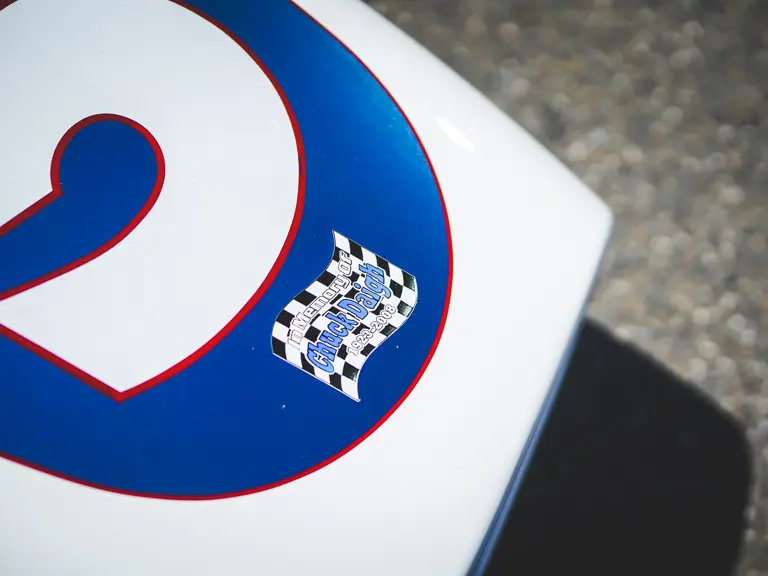
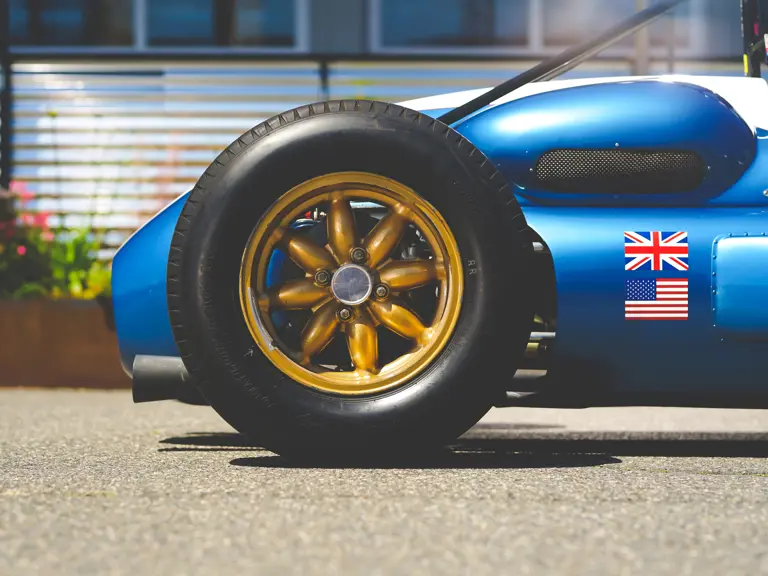
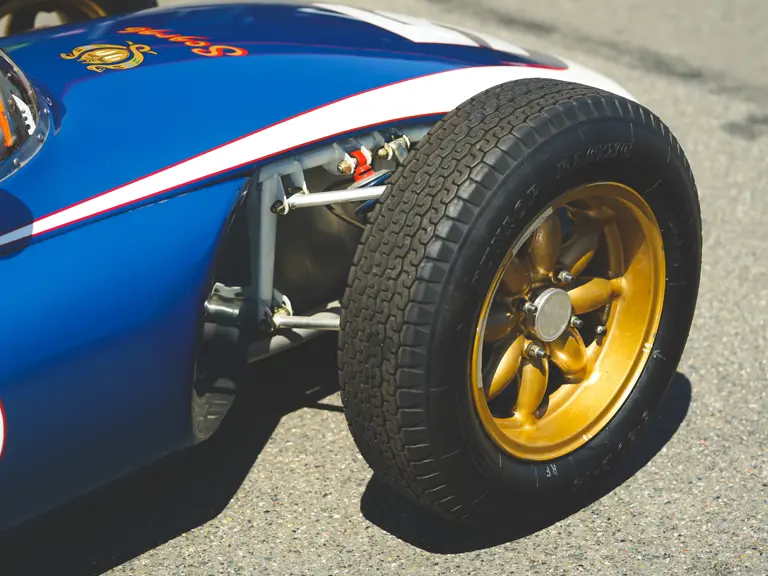

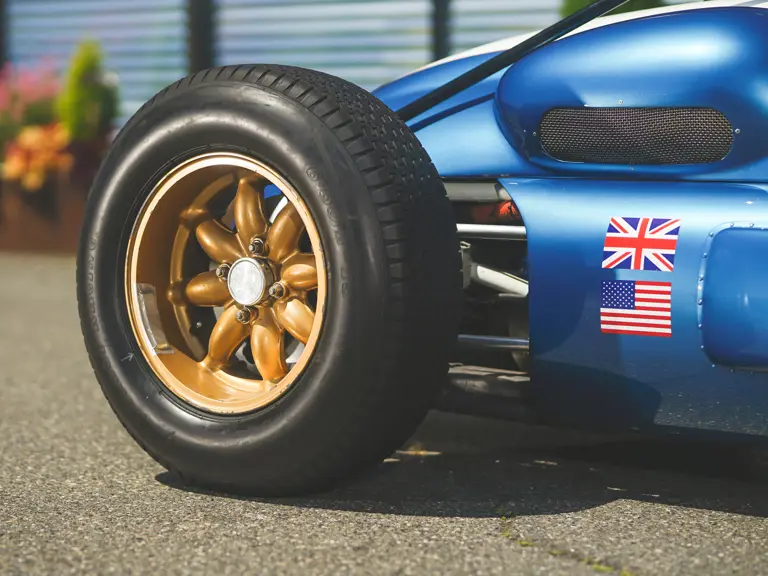
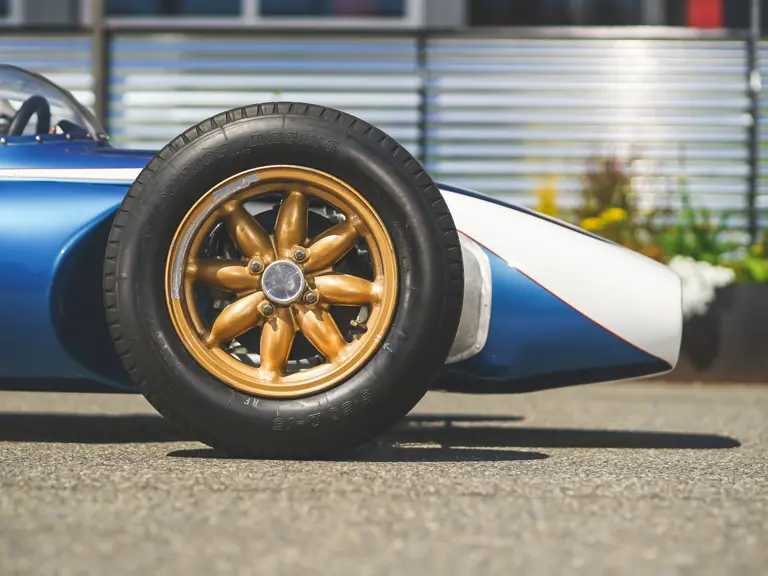
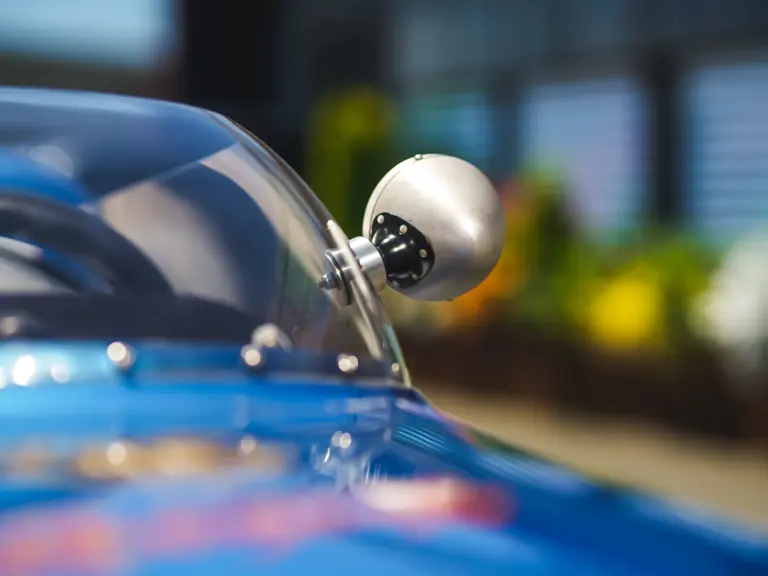
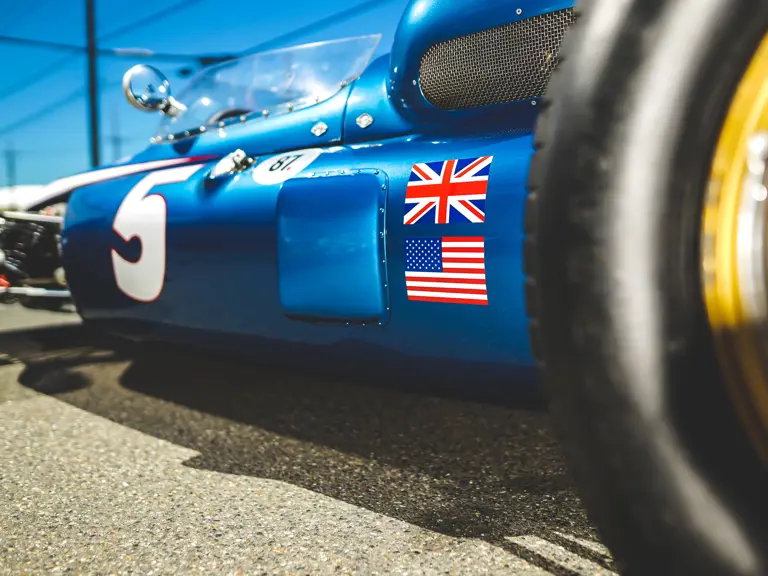
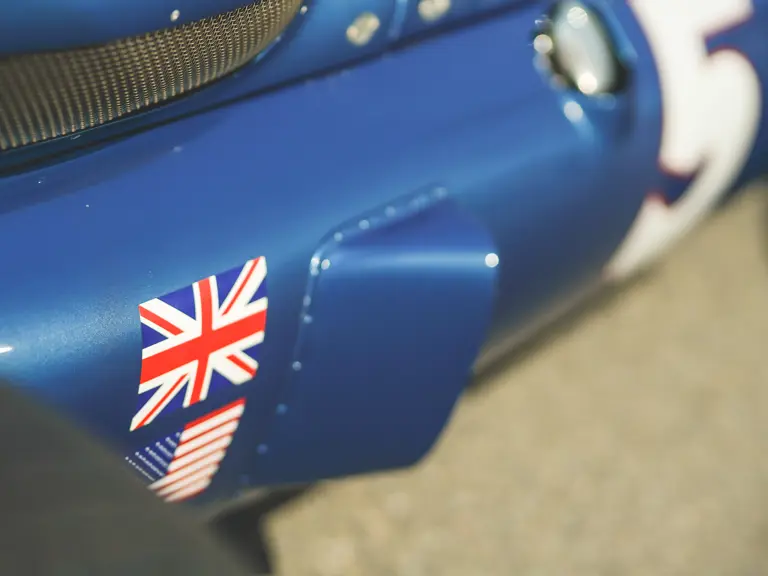
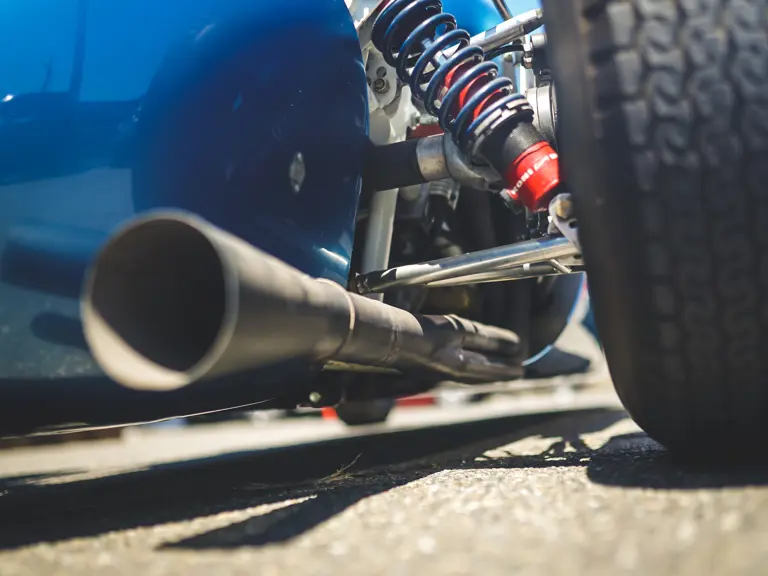
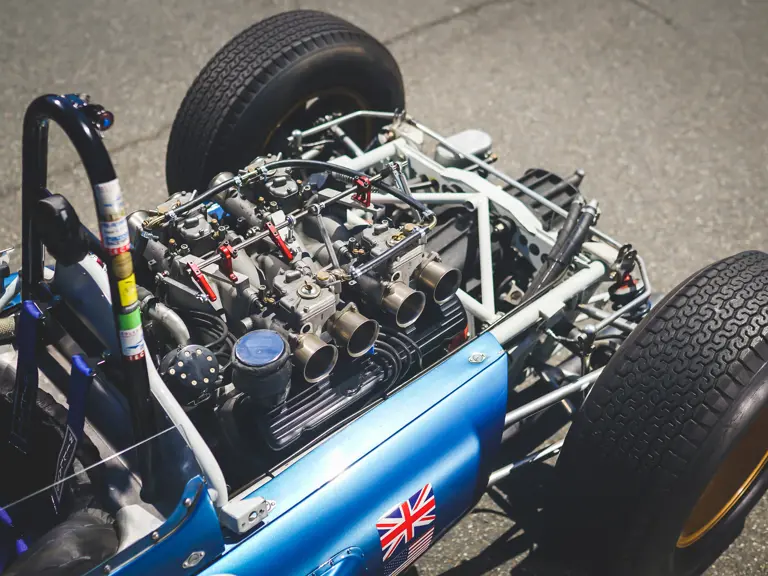
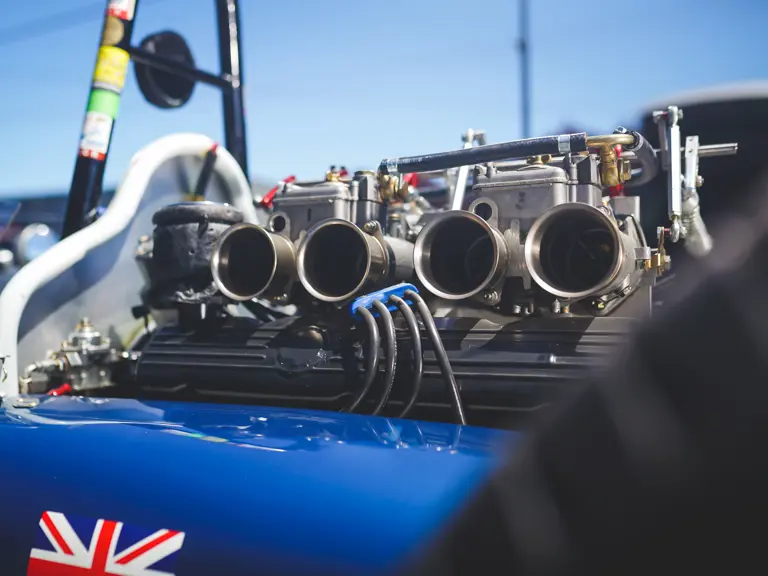
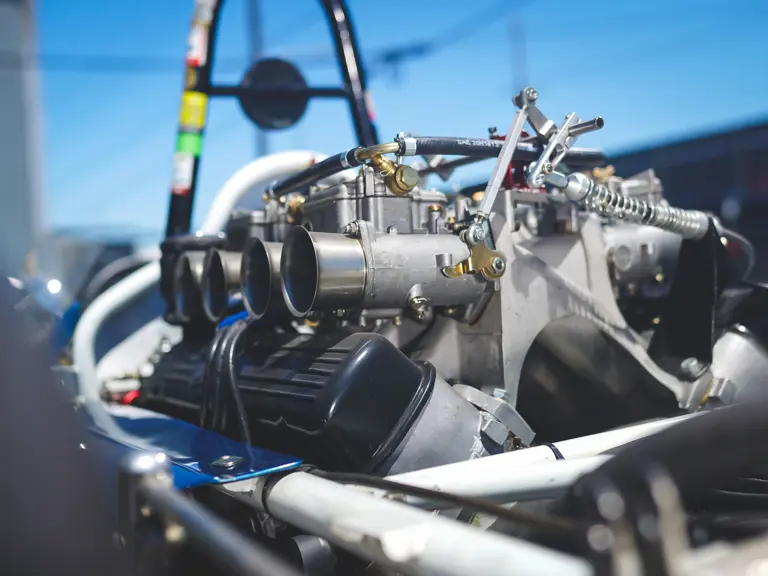


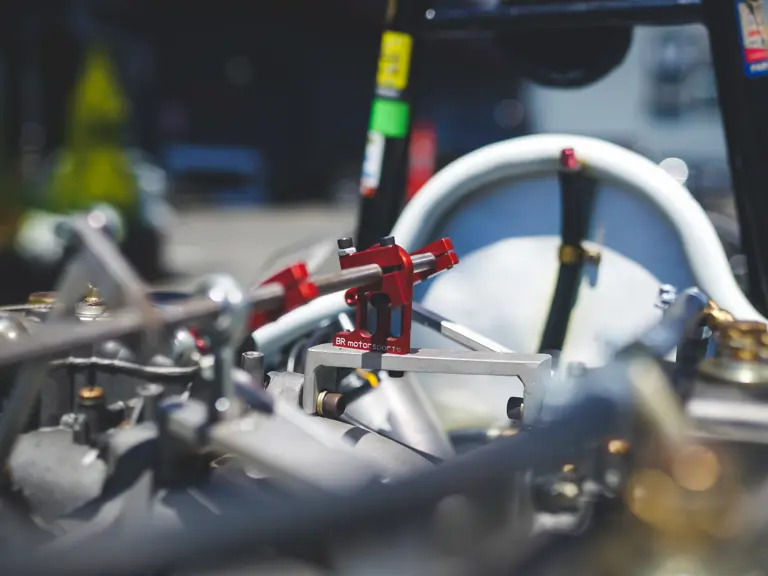
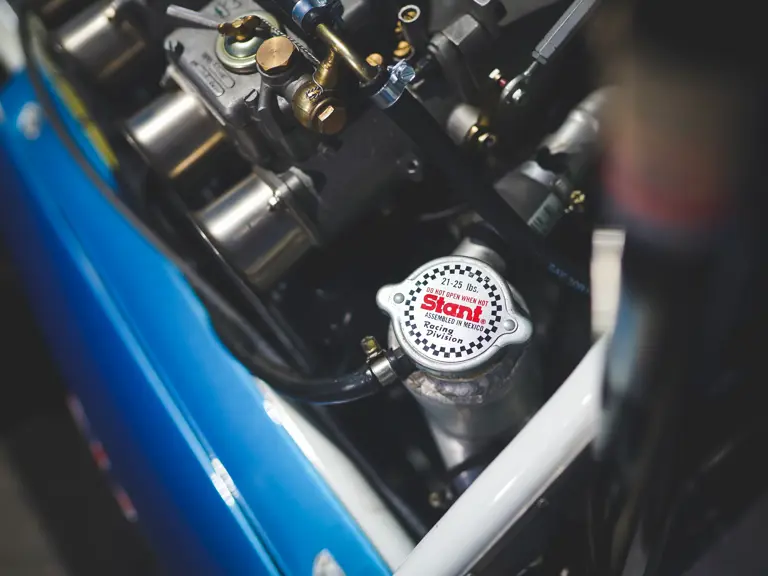
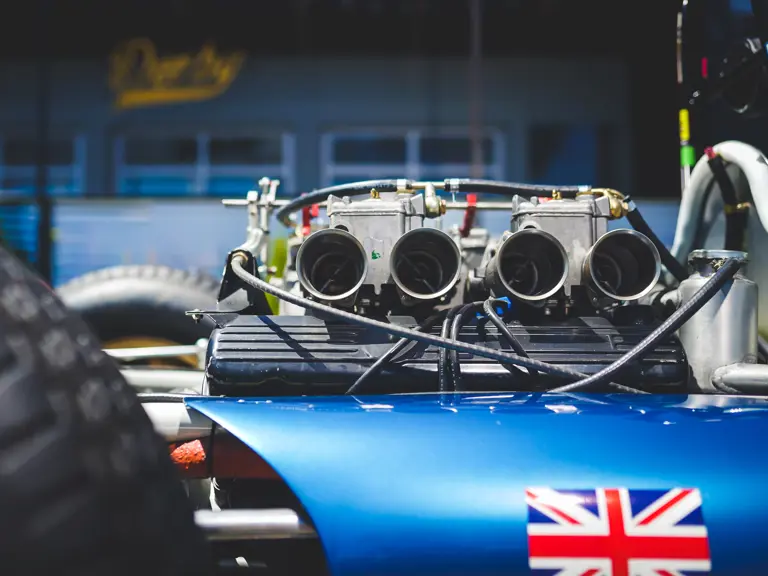
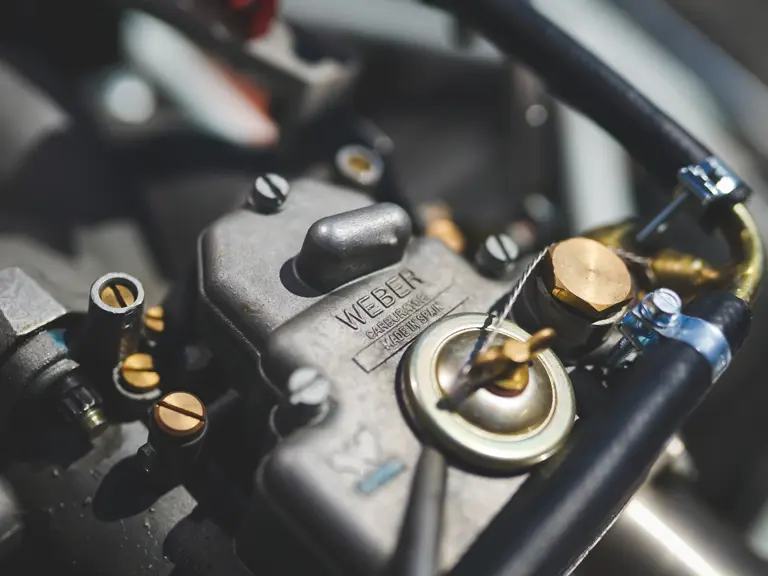
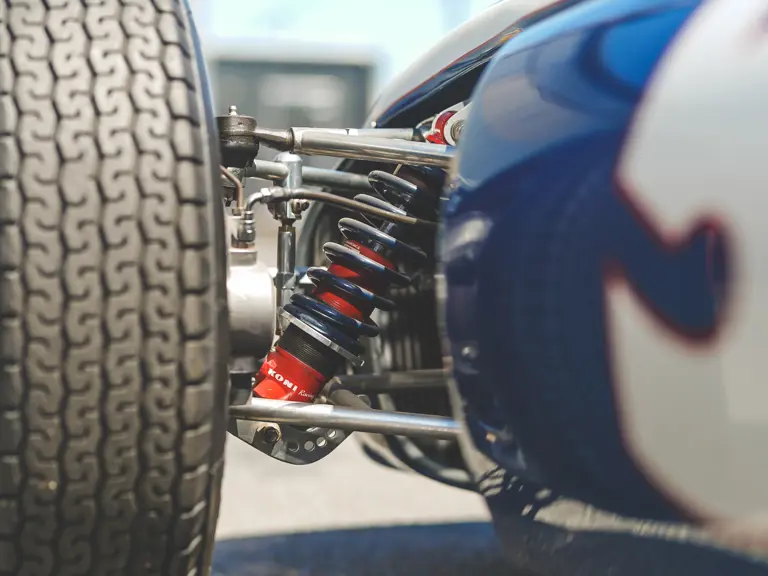
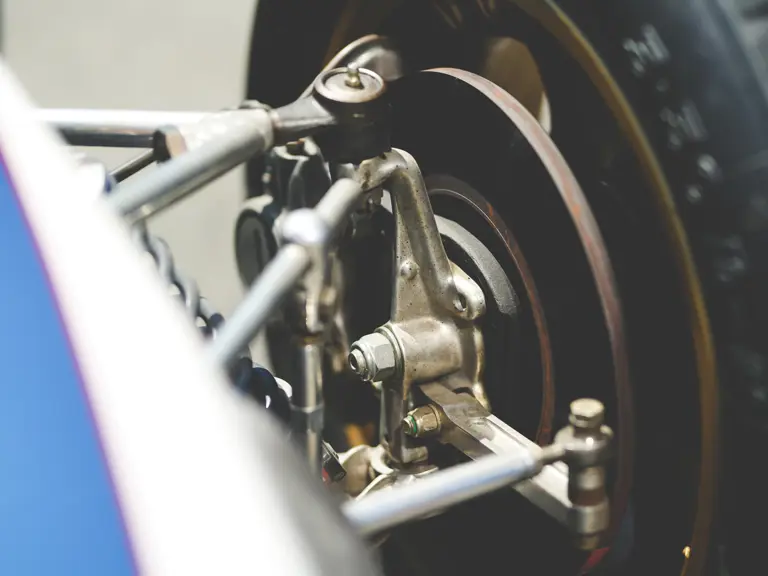
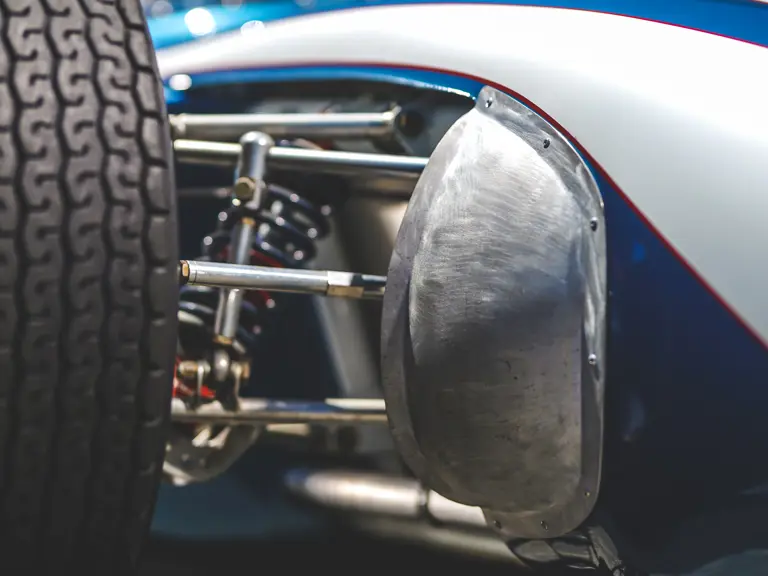
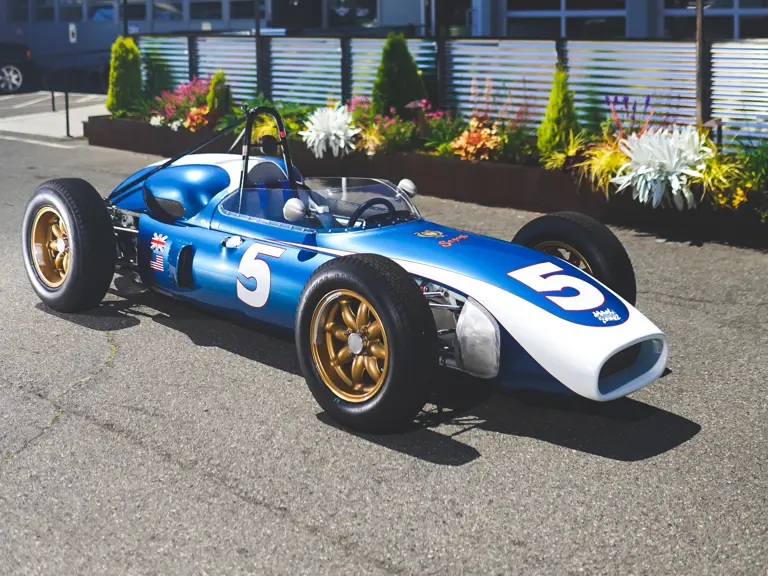
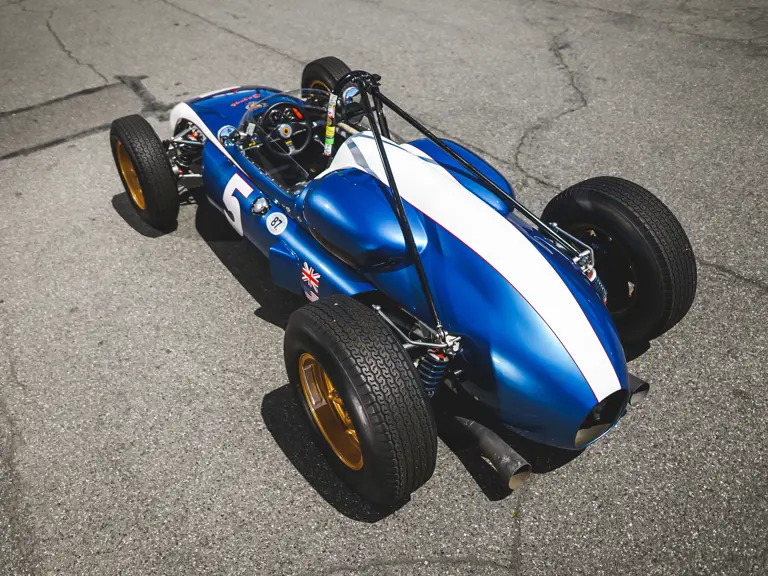
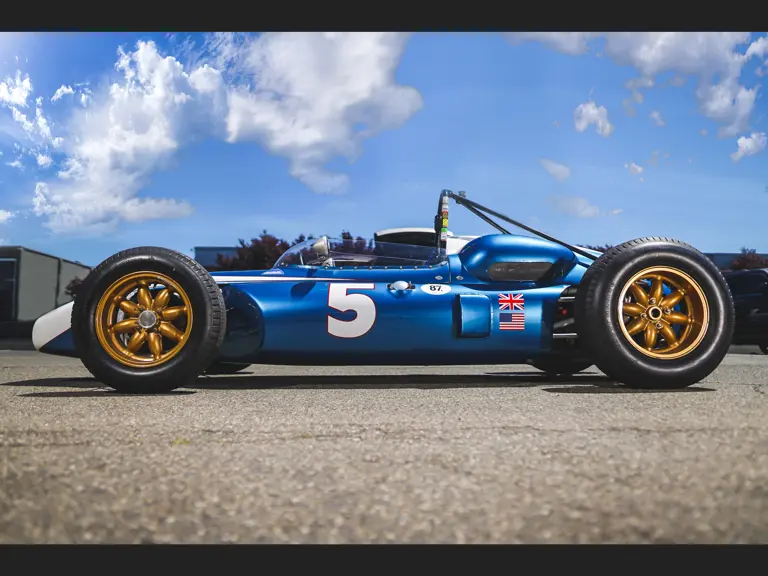
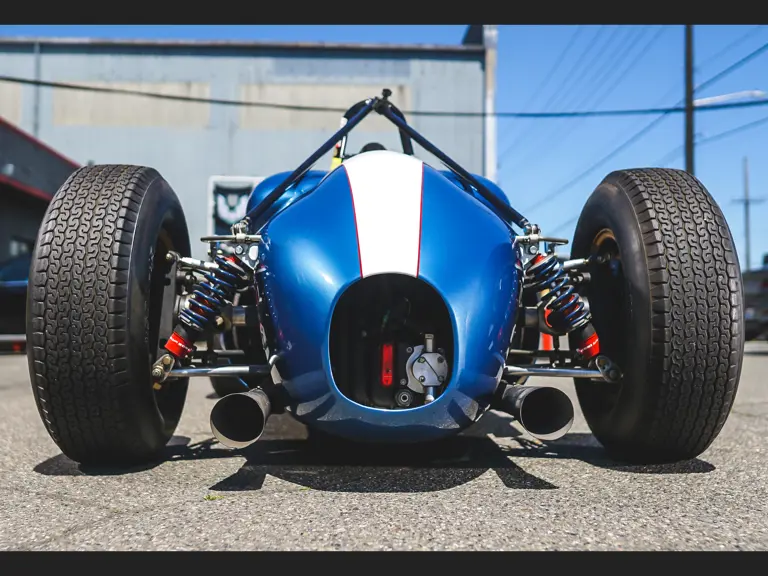

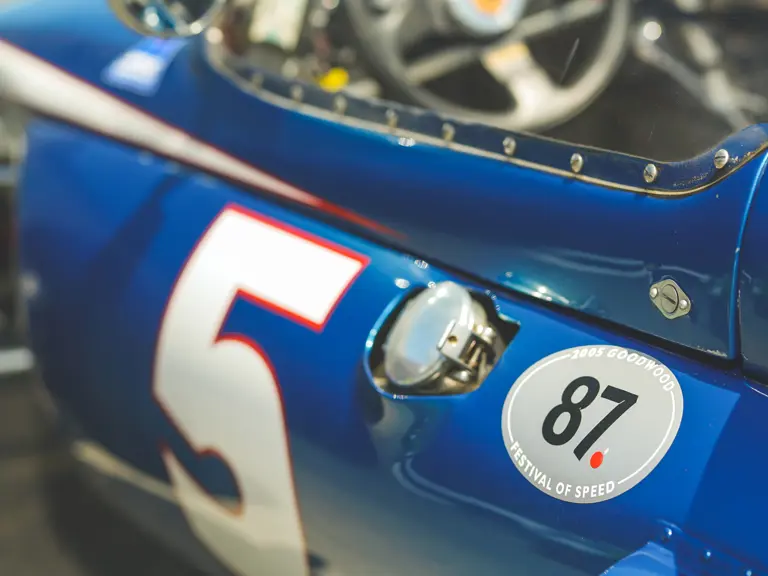
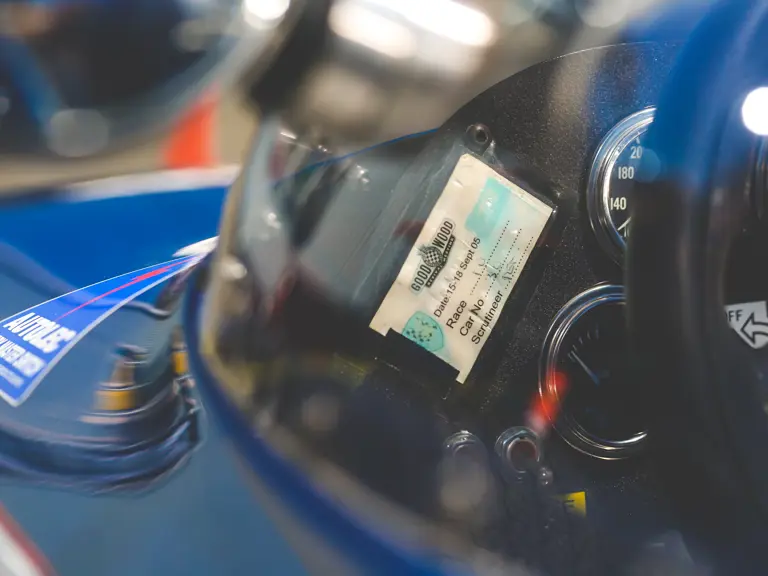
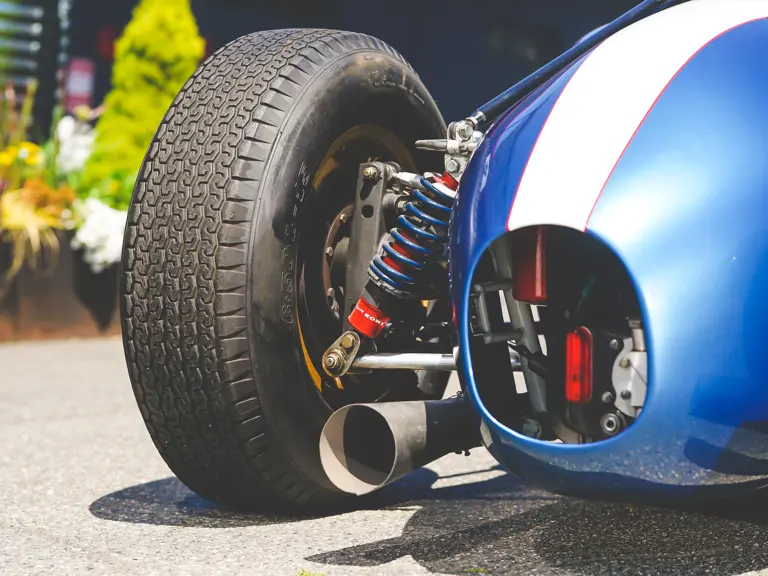
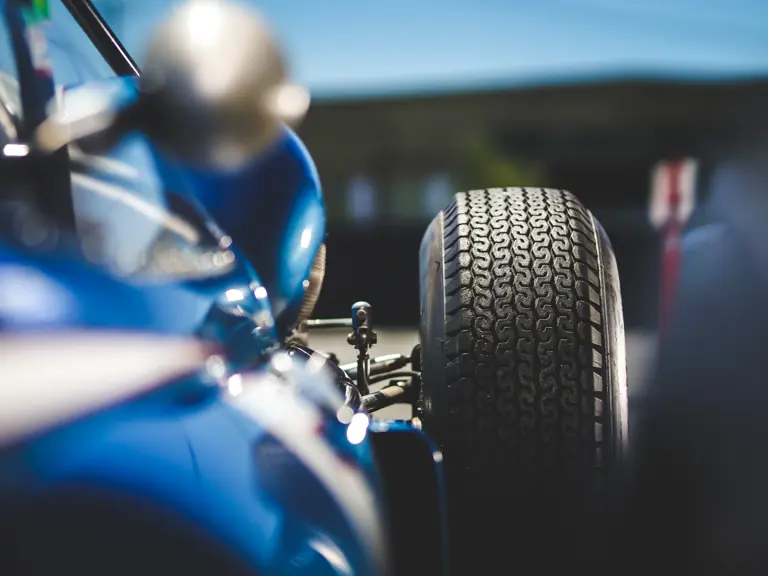
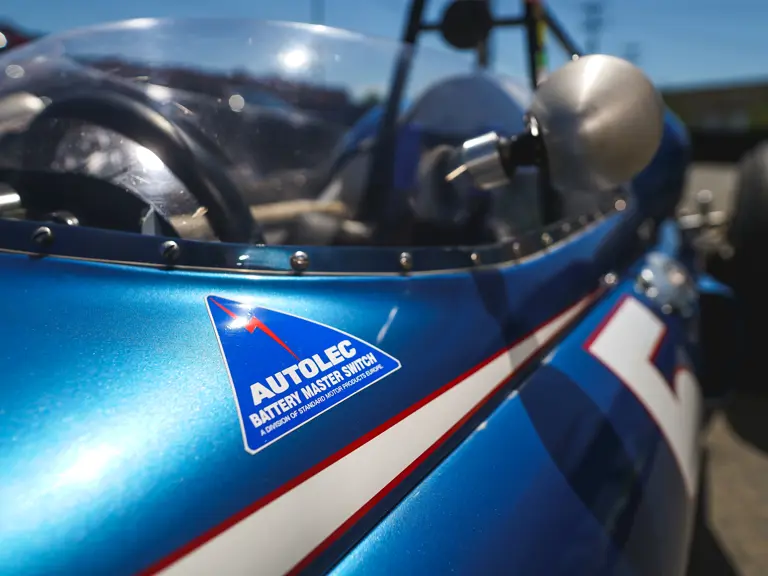
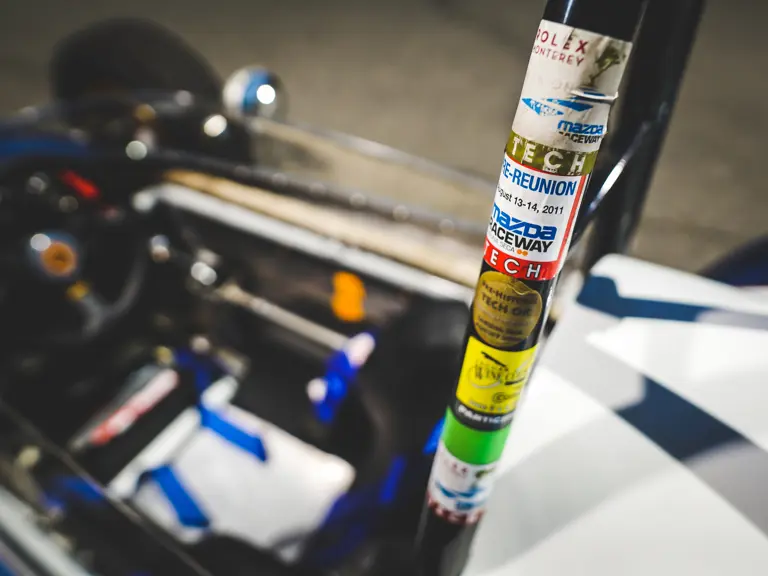
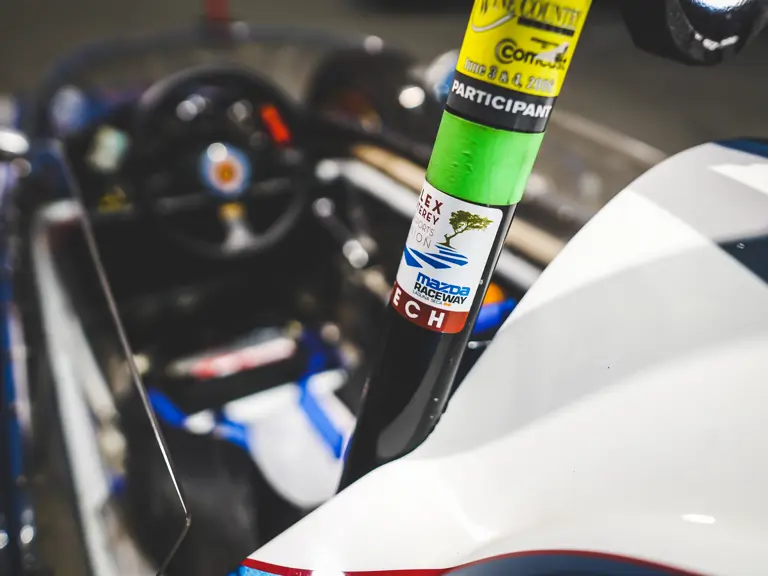

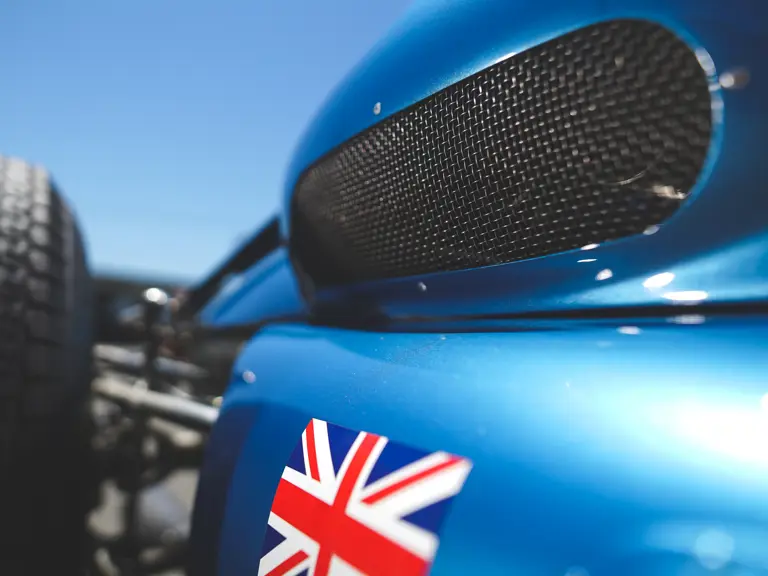
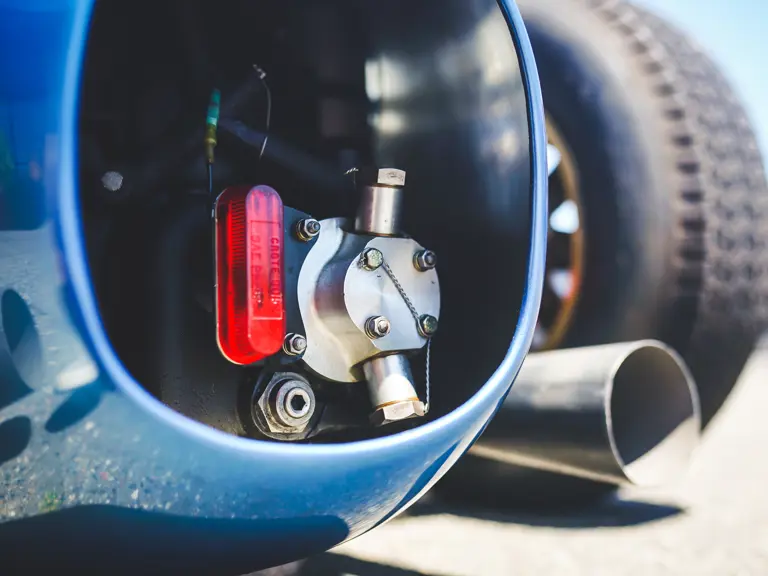
 | Monterey, California
| Monterey, California
